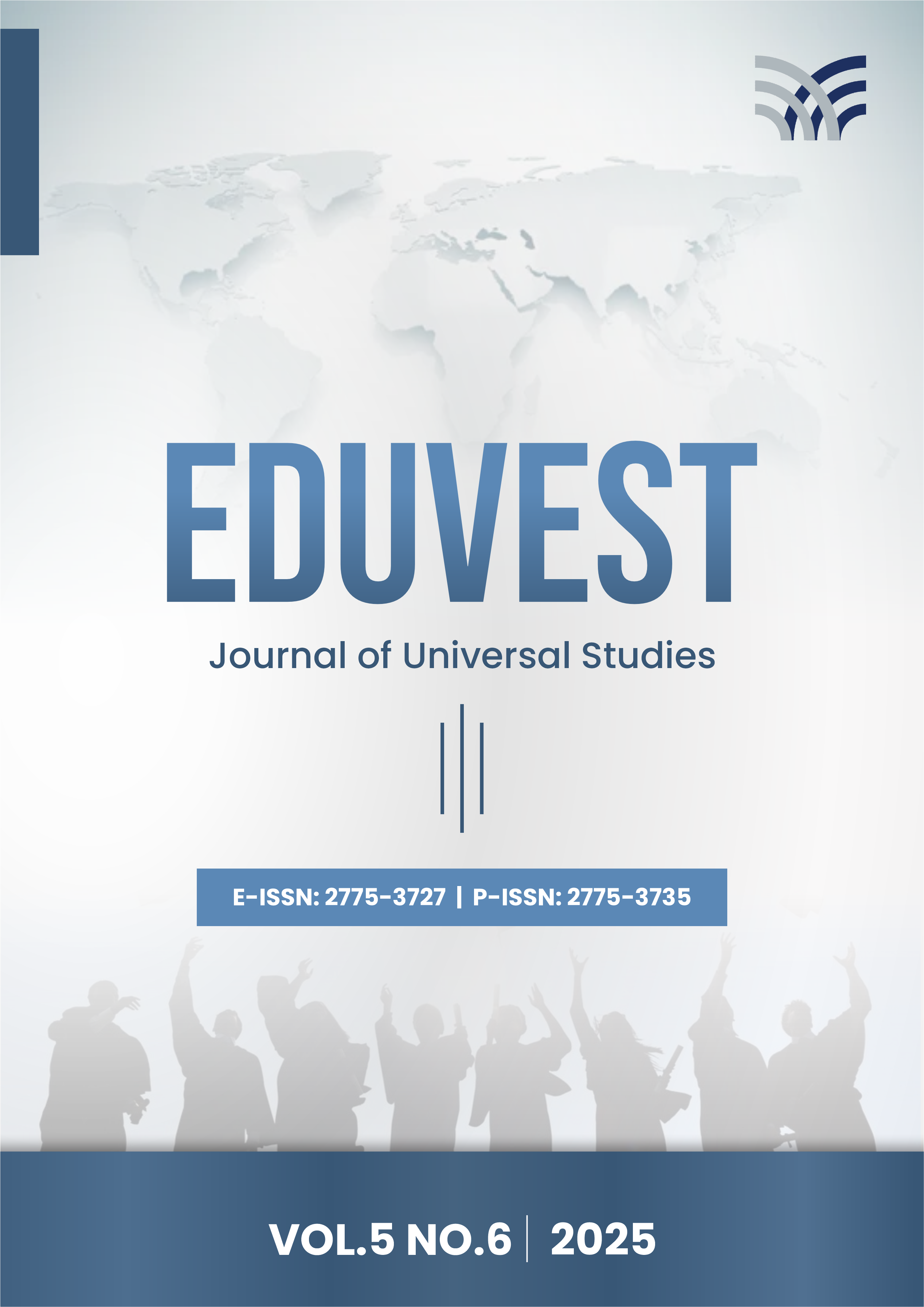Risk Analysis at The Planning Stage in The Biomethane Production Plant Construction Project: A Case Study on PT A
DOI:
https://doi.org/10.59188/eduvest.v5i6.51306Keywords:
risk, mitigation, project planningAbstract
This study aims to identify potential risks during the planning phase of a biomethane plant construction project at PT A and to develop appropriate mitigation strategies. Using a qualitative case study approach, data were collected through interviews and questionnaires involving key personnel from the risk management and research divisions. A total of 27 risks were identified, and eight were prioritized based on their severity. Three primary mitigation strategies were applied: risk likelihood reduction, risk avoidance, and risk consequence reduction. The findings reveal that the highest priority risks include public objections, natural events, economic instability, unrealistic project durations, emerging stakeholders, scope creep, unclear contracts, and inappropriate technology selection. Each risk was addressed with tailored mitigation measures aligned with practical project management principles. For instance, enhancing community engagement, drafting clearer contracts, and involving expert consultants were among the real-world strategies implemented. The practical implications of this study are significant for project managers and stakeholders involved in similar construction projects. The structured risk analysis framework and corresponding mitigation actions can be used as a reference to anticipate challenges early and implement preventive measures effectively. This contributes to improved decision-making, reduced project delays, and strengthened project sustainability in high-risk industries like bioenergy development.
Downloads
Published
How to Cite
Issue
Section
License
Copyright (c) 2025 Agnes Debora Ginting, Tubagus M. Yusuf Khudri

This work is licensed under a Creative Commons Attribution-ShareAlike 4.0 International License.











